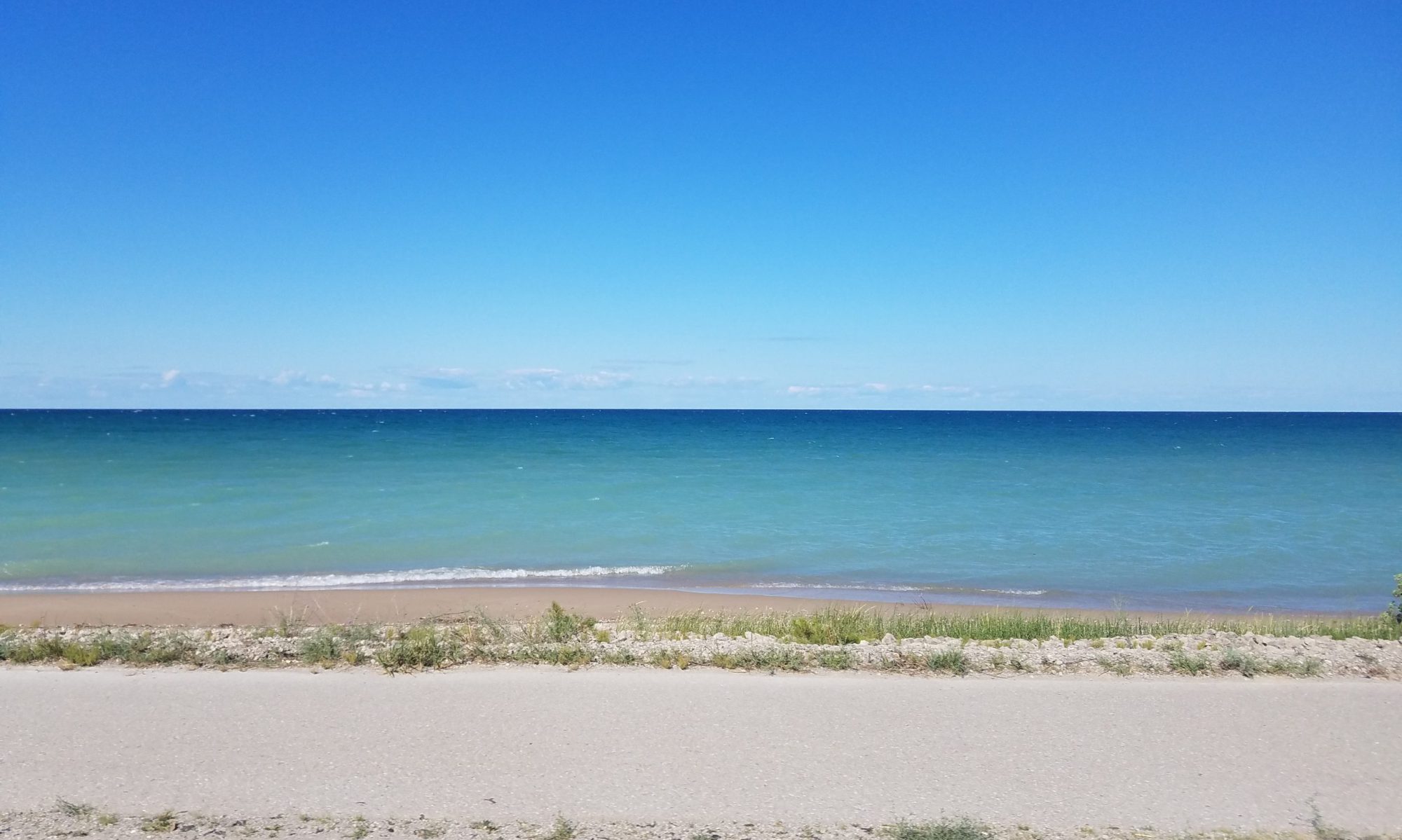Projected changes in 21st century climate will drive adaptive management strategies in agricultural production systems, both of which will significantly impact water resources in the Great Lakes region. These strategies will likely include selection of alternate crops, shifting planting and harvest times, double-cropping in previously single-cropped areas, and increasing use of irrigation. Evaluating how such strategies might simultaneously impact yields and water resources at the basin-scale will help guide decision makers toward effective adaptation strategies and inform the development of decision support systems to further address inherent tradeoffs.
We propose to apply a newly-developed coupled crop-growth and hydrologic model SALUS-ILHM, to simulate scenarios of climate change impacts on crop yields and water resources across the Maumee River Watershed (MRW) in Southeast Michigan, Northeast Indiana, and Northwest Ohio.
Scenarios will include a range of statistically-downscaled GCM forecasts, cultivar adaptation and yield curves, single- and double-cropping strategies, planting and harvest times, and irrigation technology adoption. The coupled SALUS-ILHM model will be able to explicitly simulate both biophysical and hydrological processes in each sub-square kilometer cell. This will allow us to evaluate the role that landscape factors, such as slope and soil texture, will likely play in the response of crop yields and water resources to model scenarios.
We will assess the impacts of forecast warmer temperatures, altered precipitation, and increasing CO2 concentrations on crop yields under different management strategies. We will also evaluate how climate change and associated management scenarios would alter groundwater levels and stream flows in the MRW.

